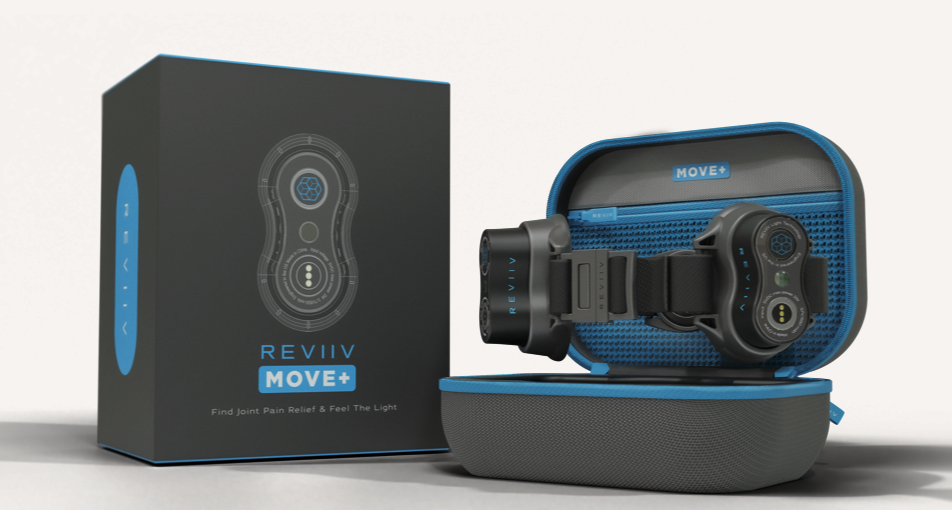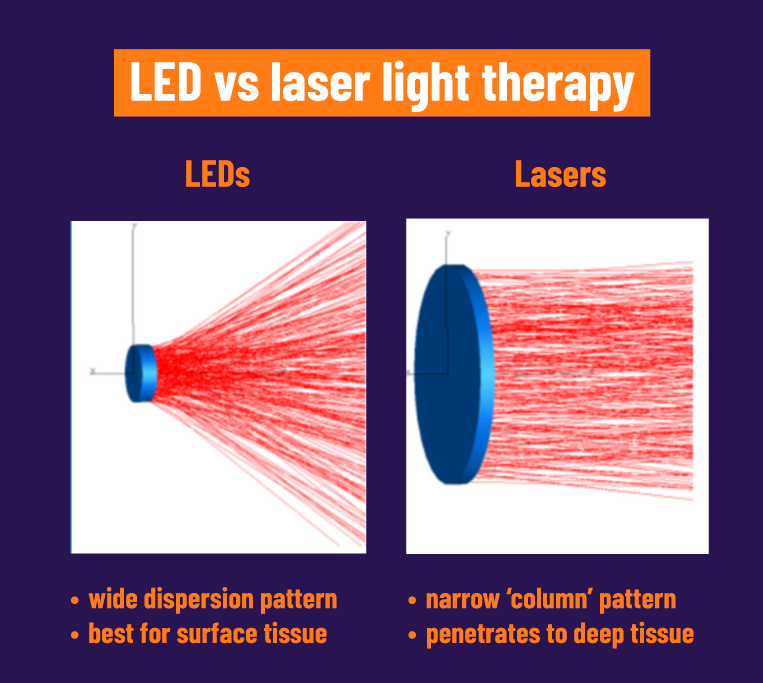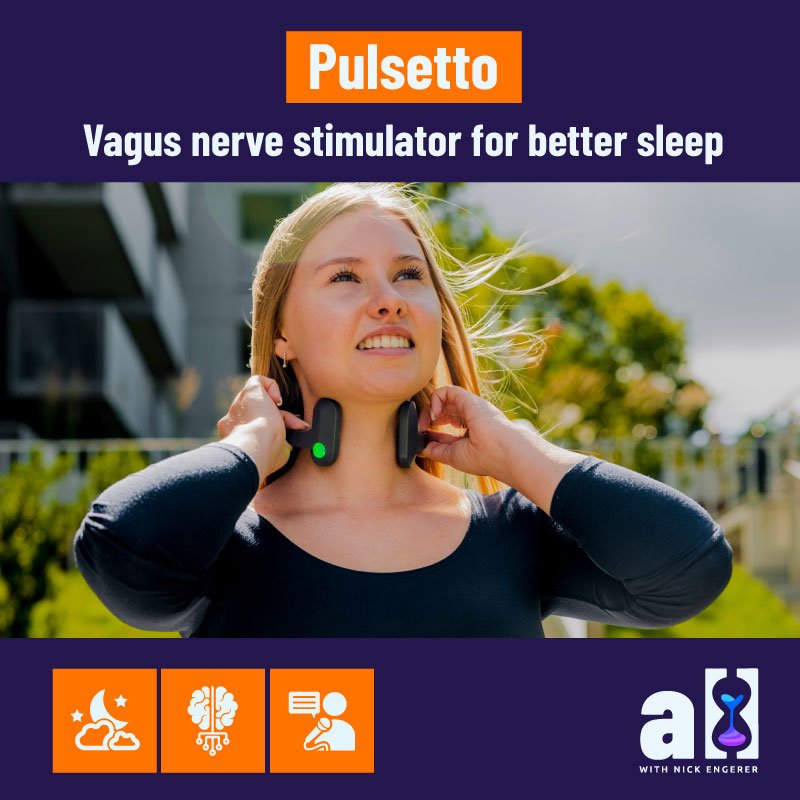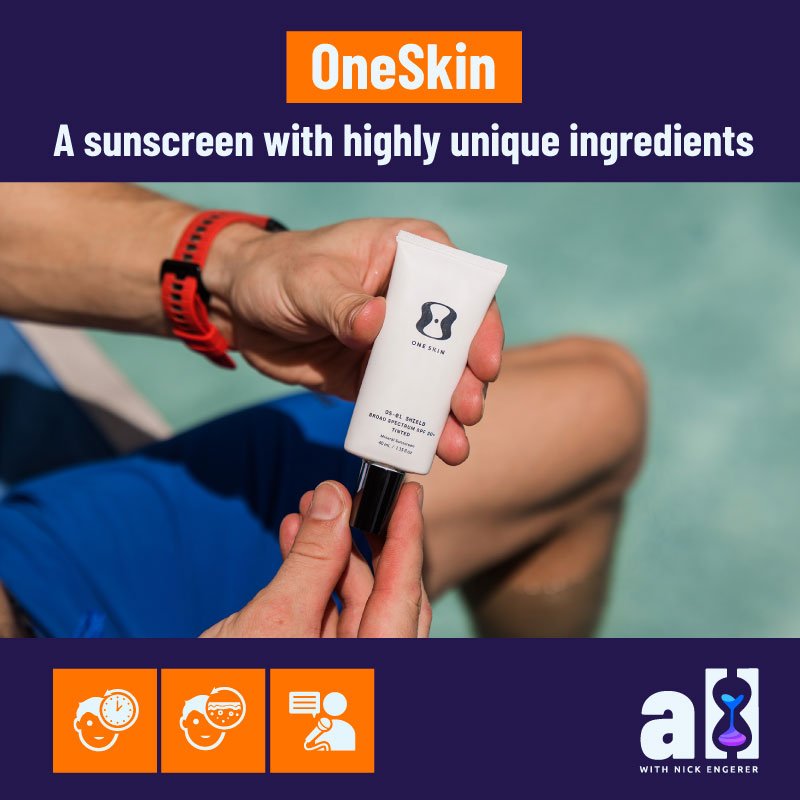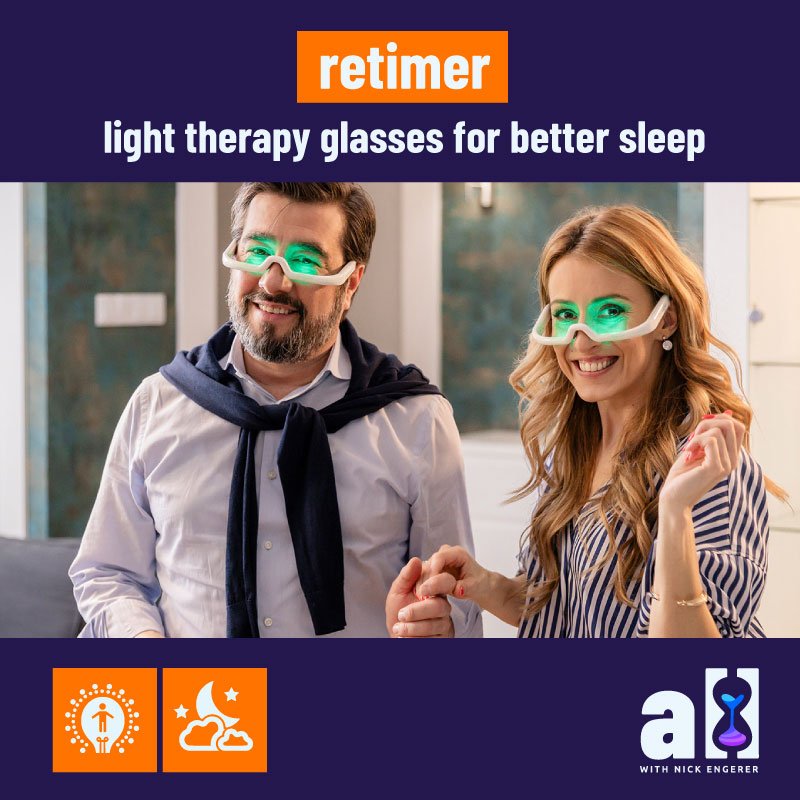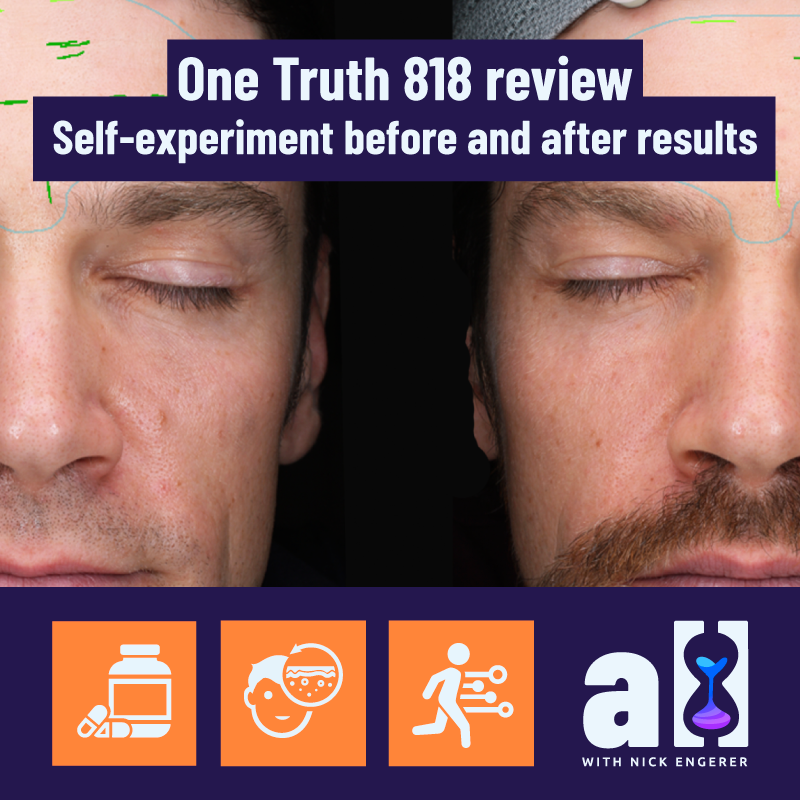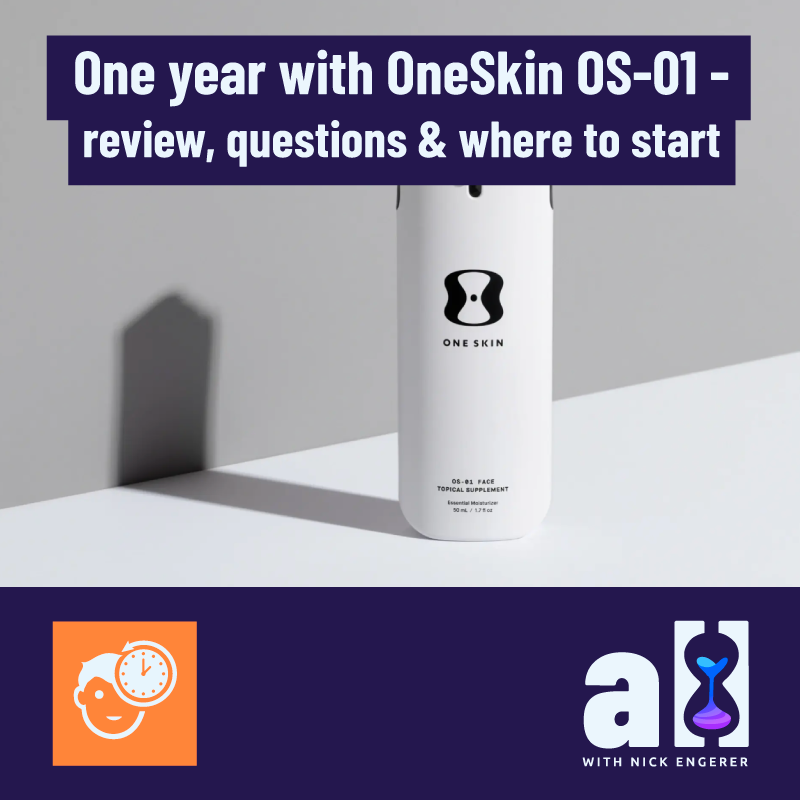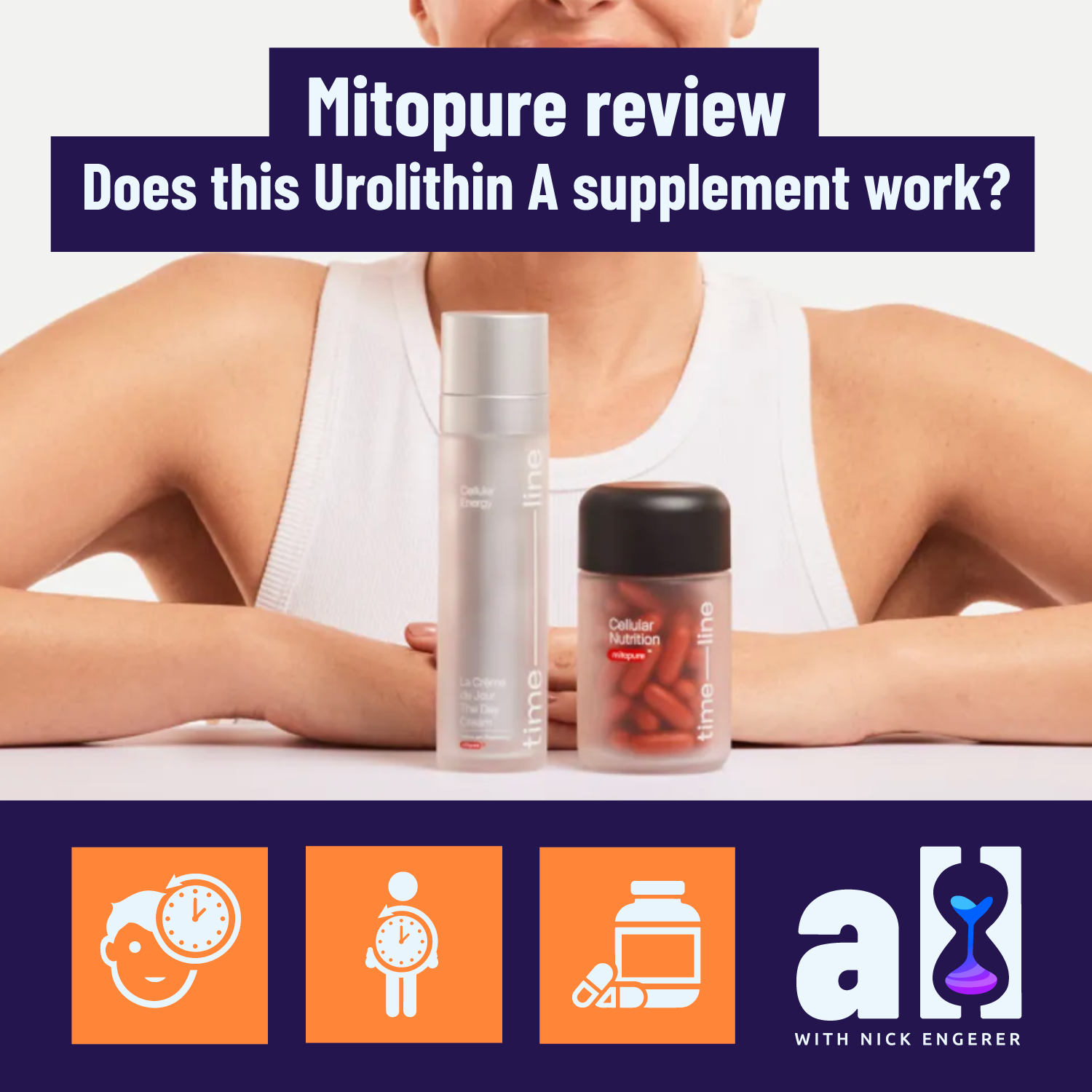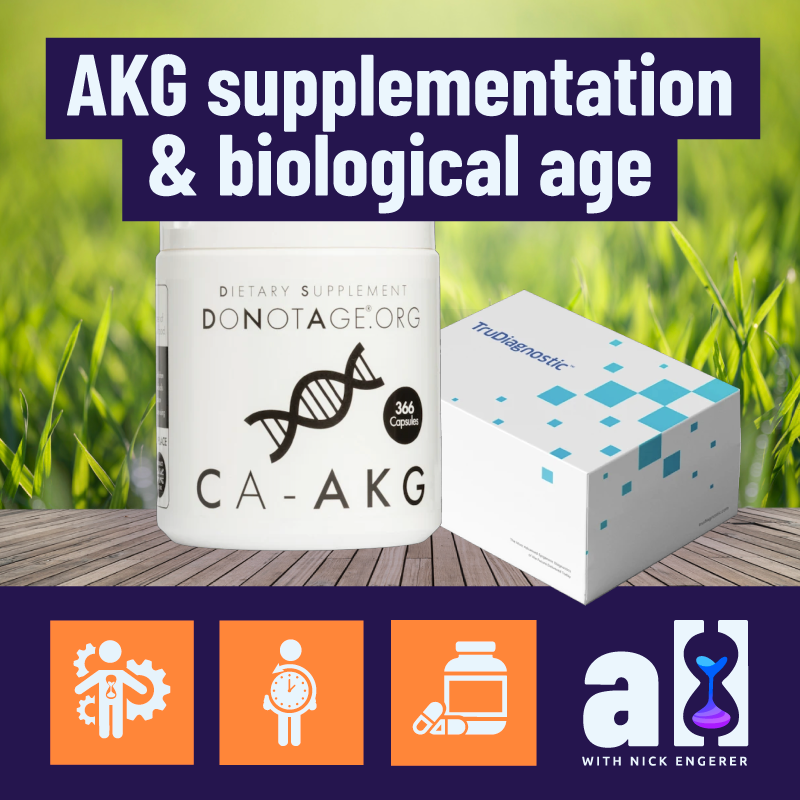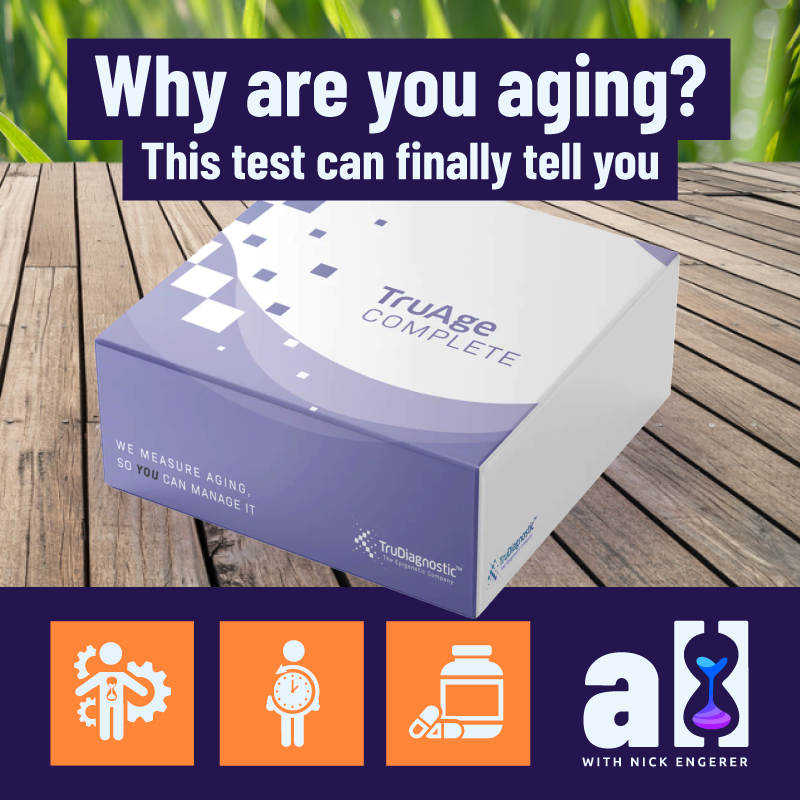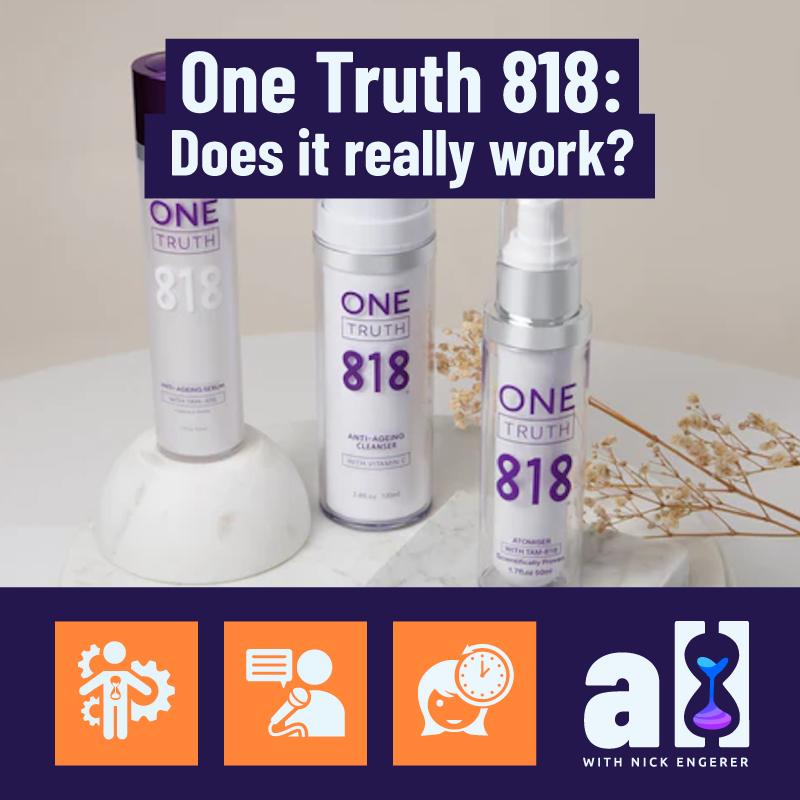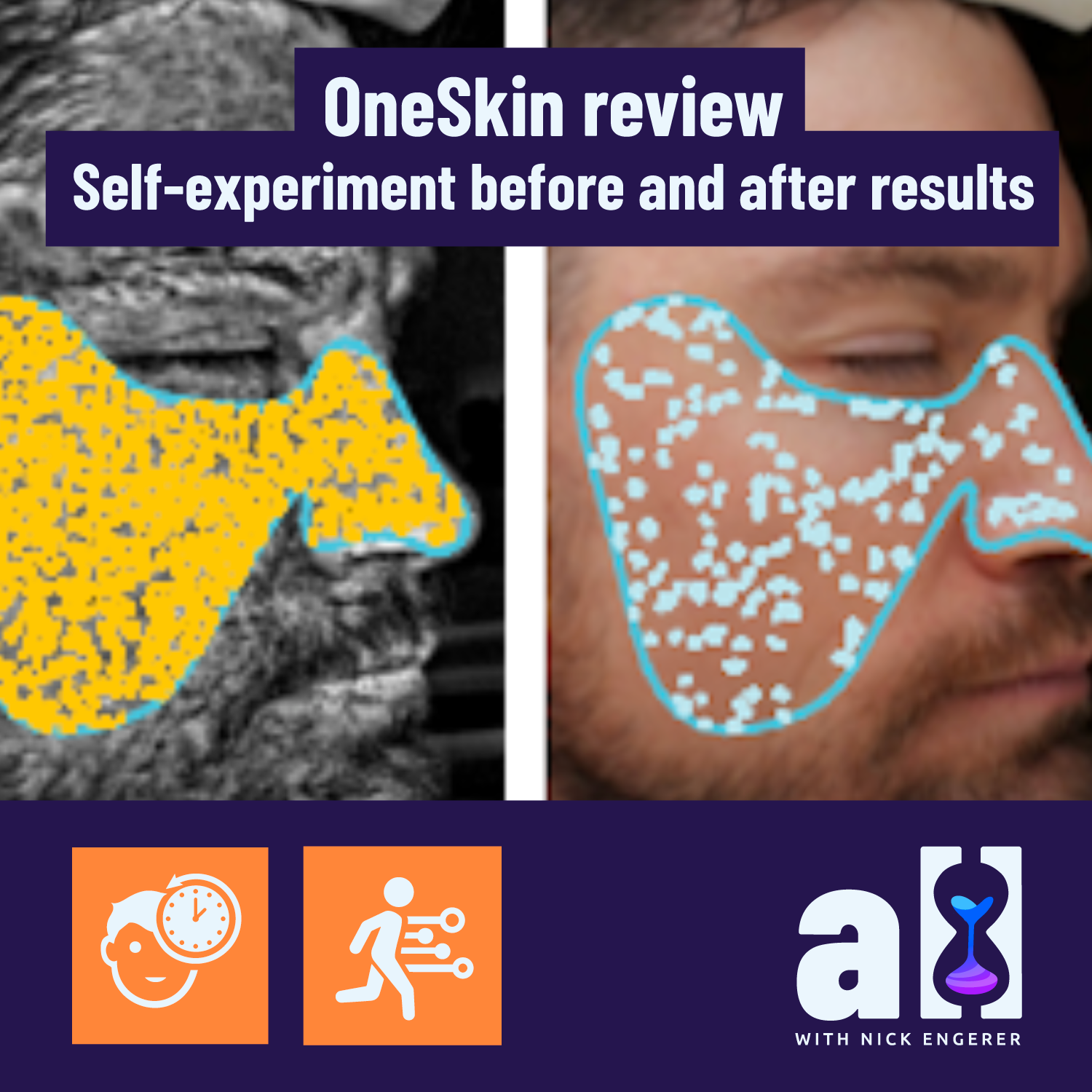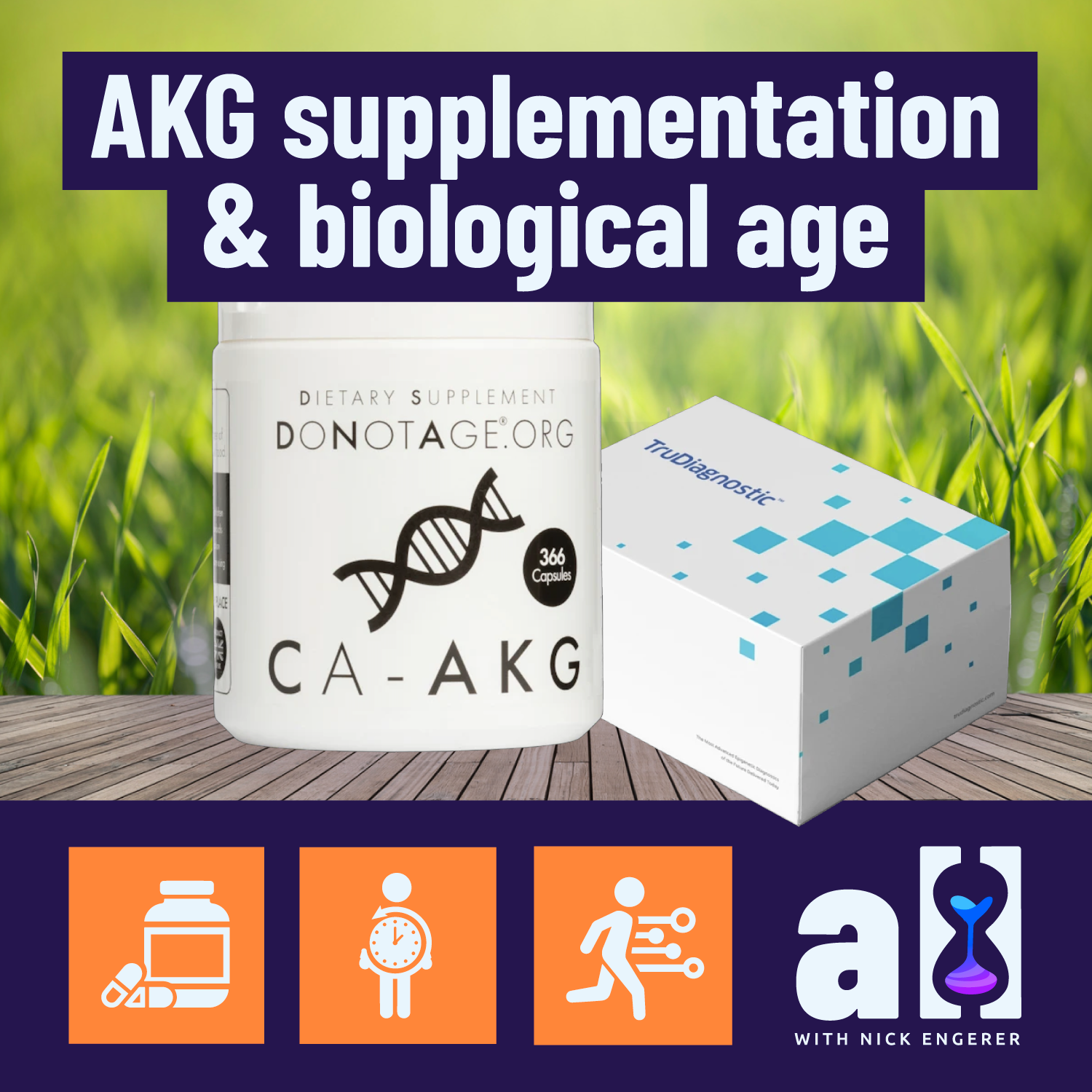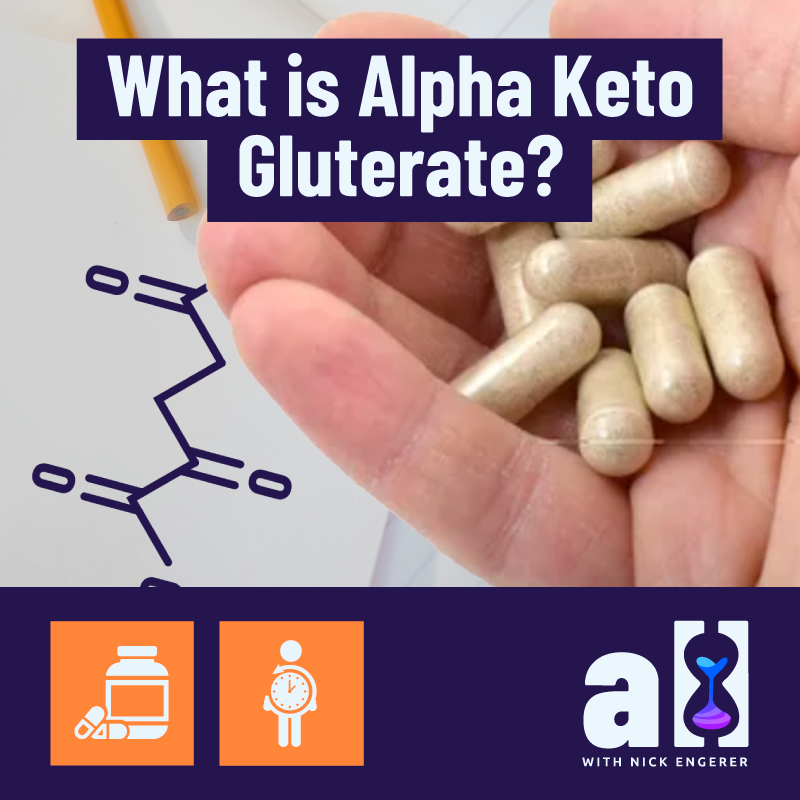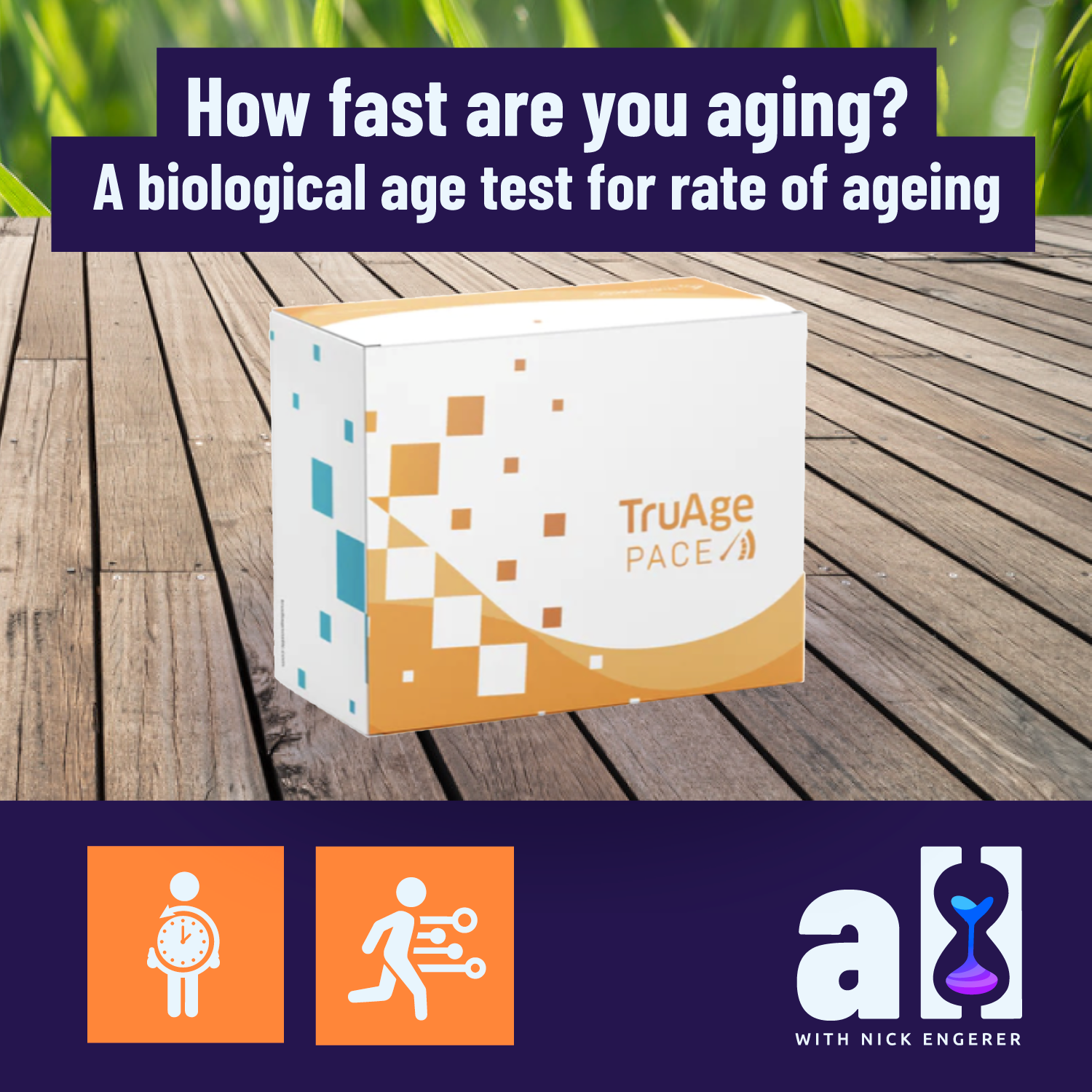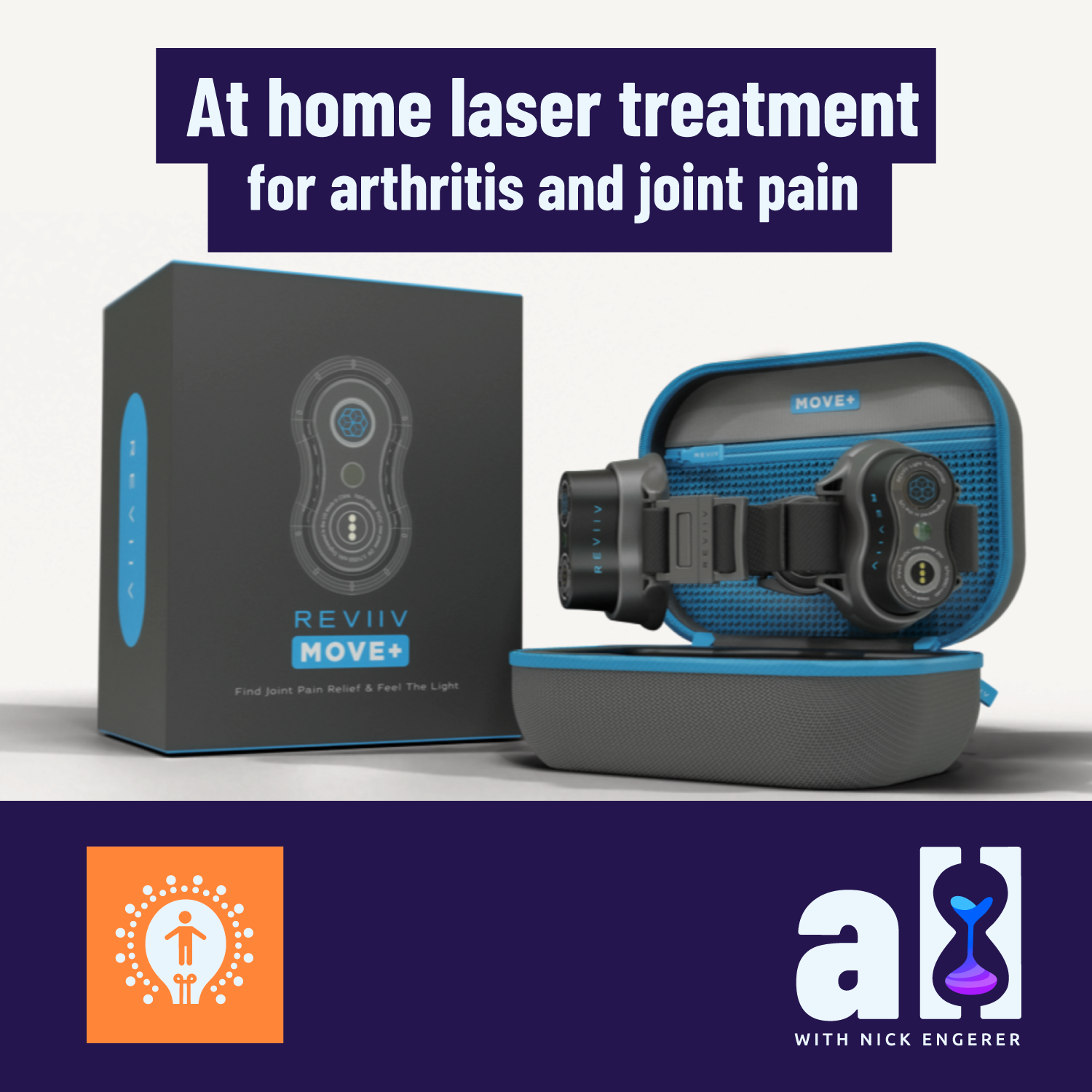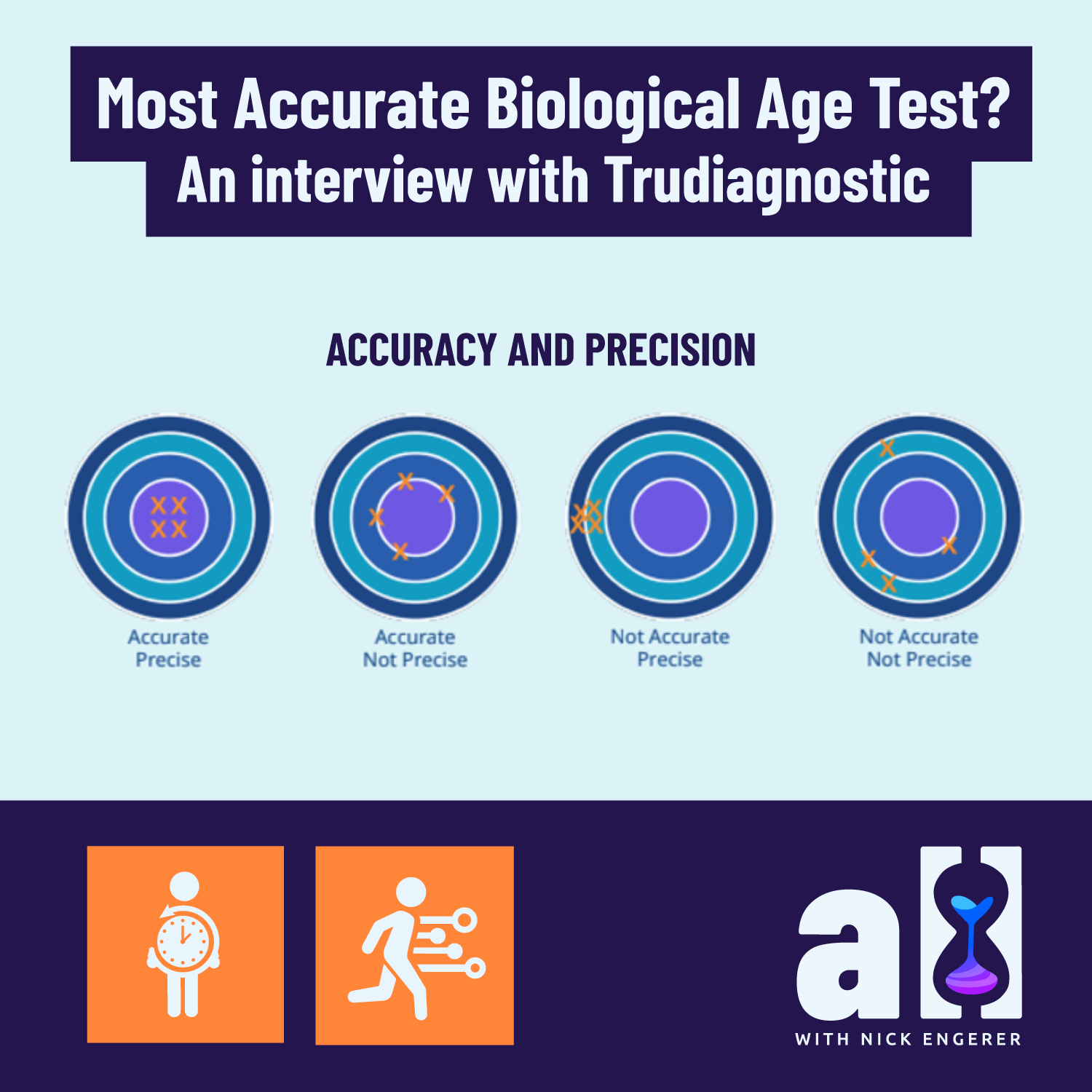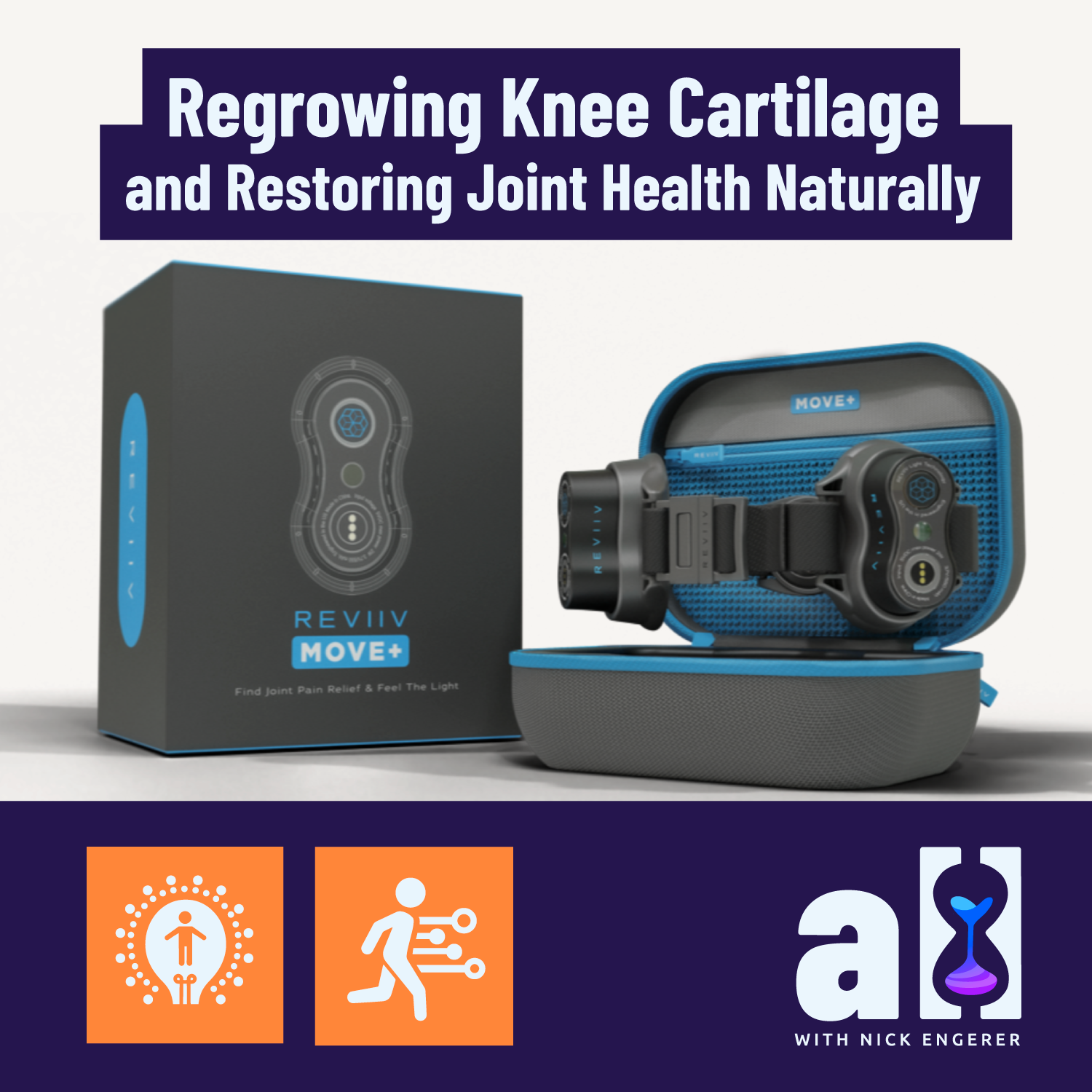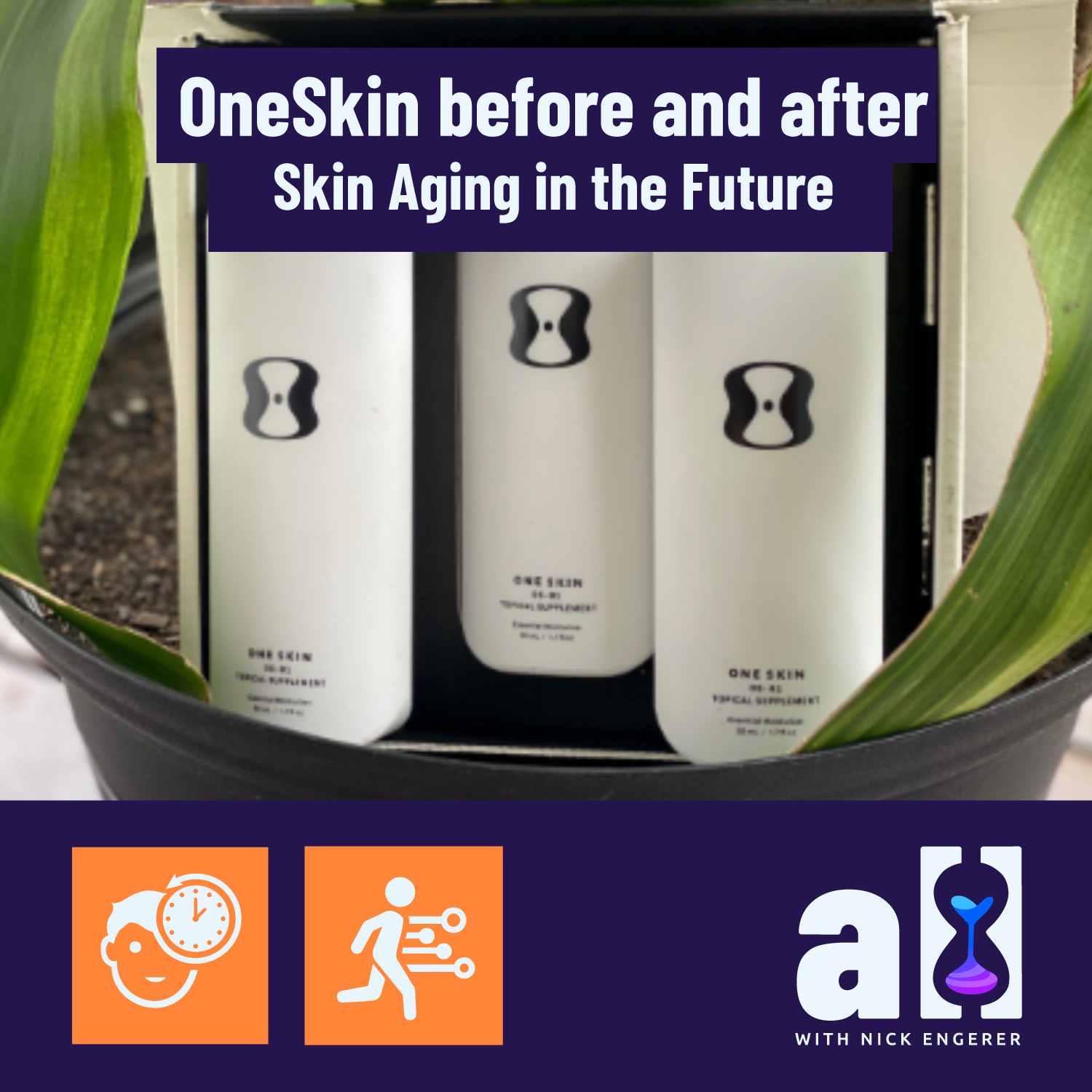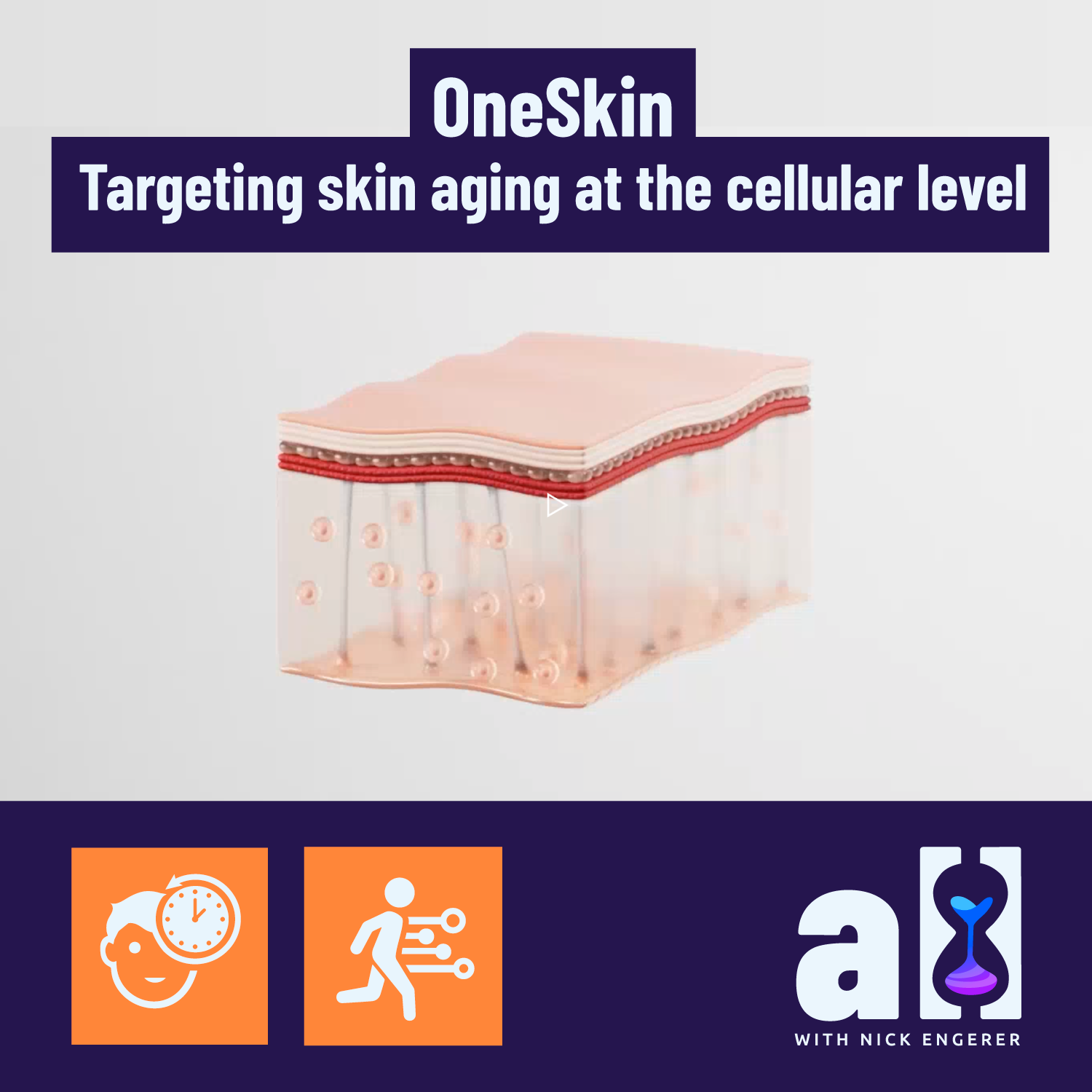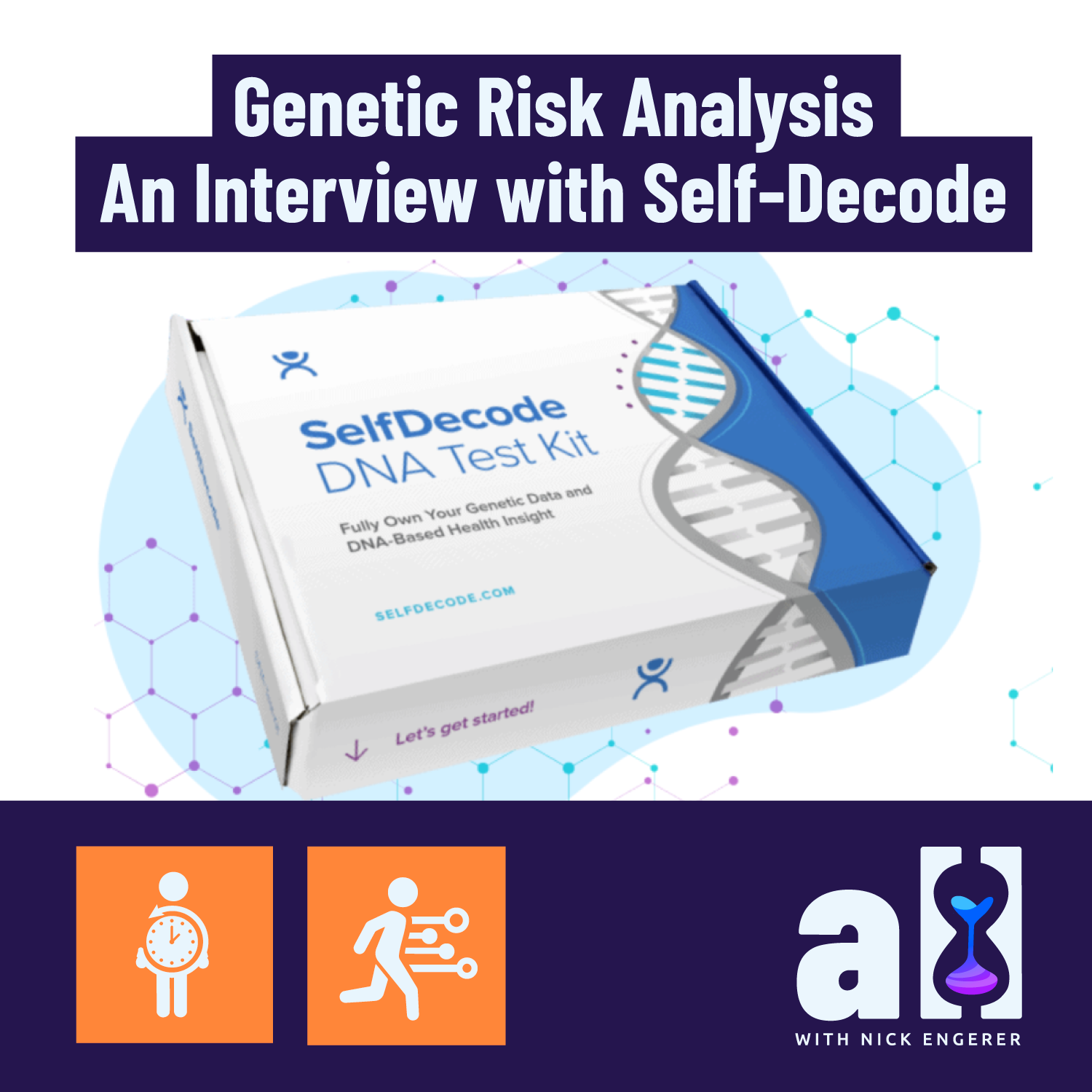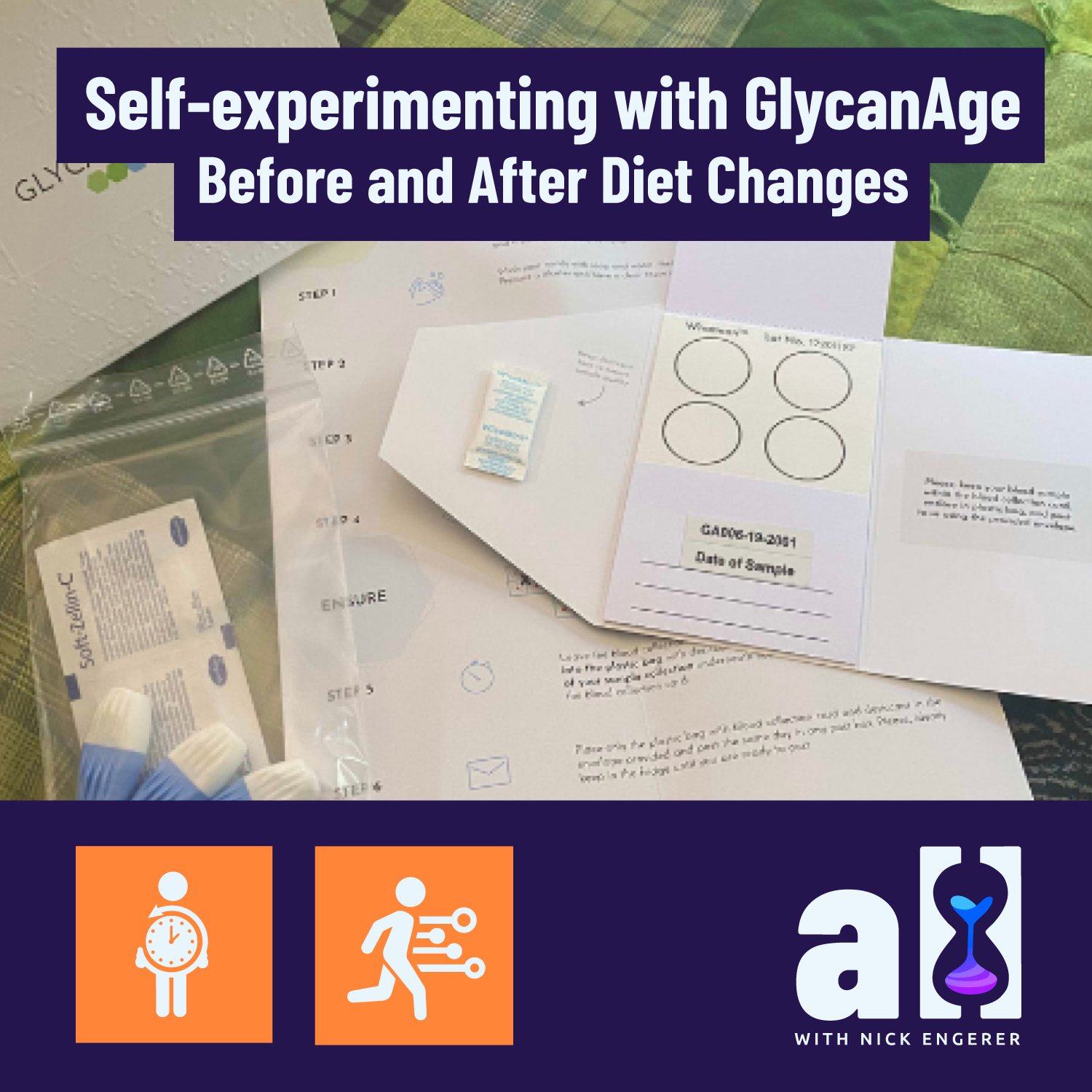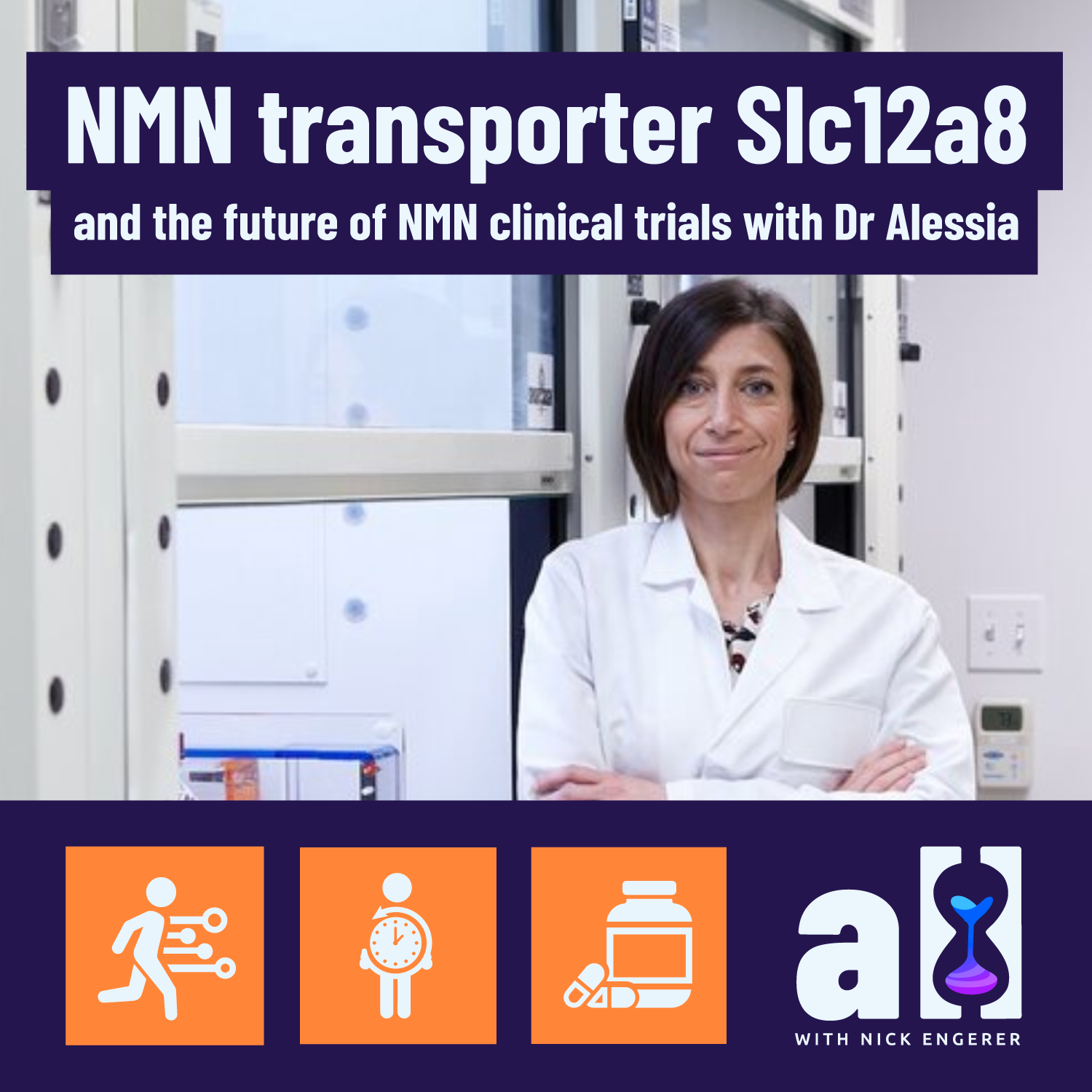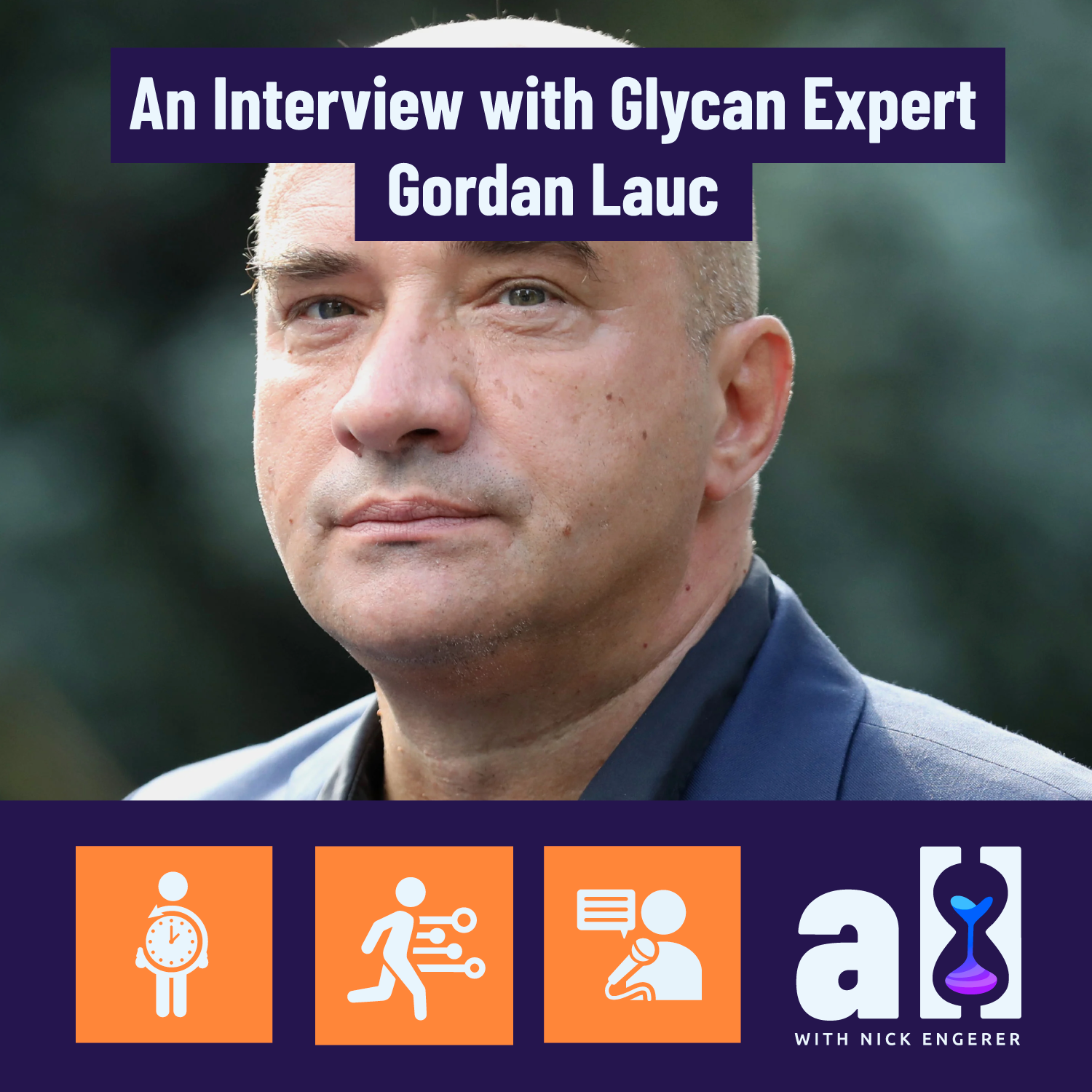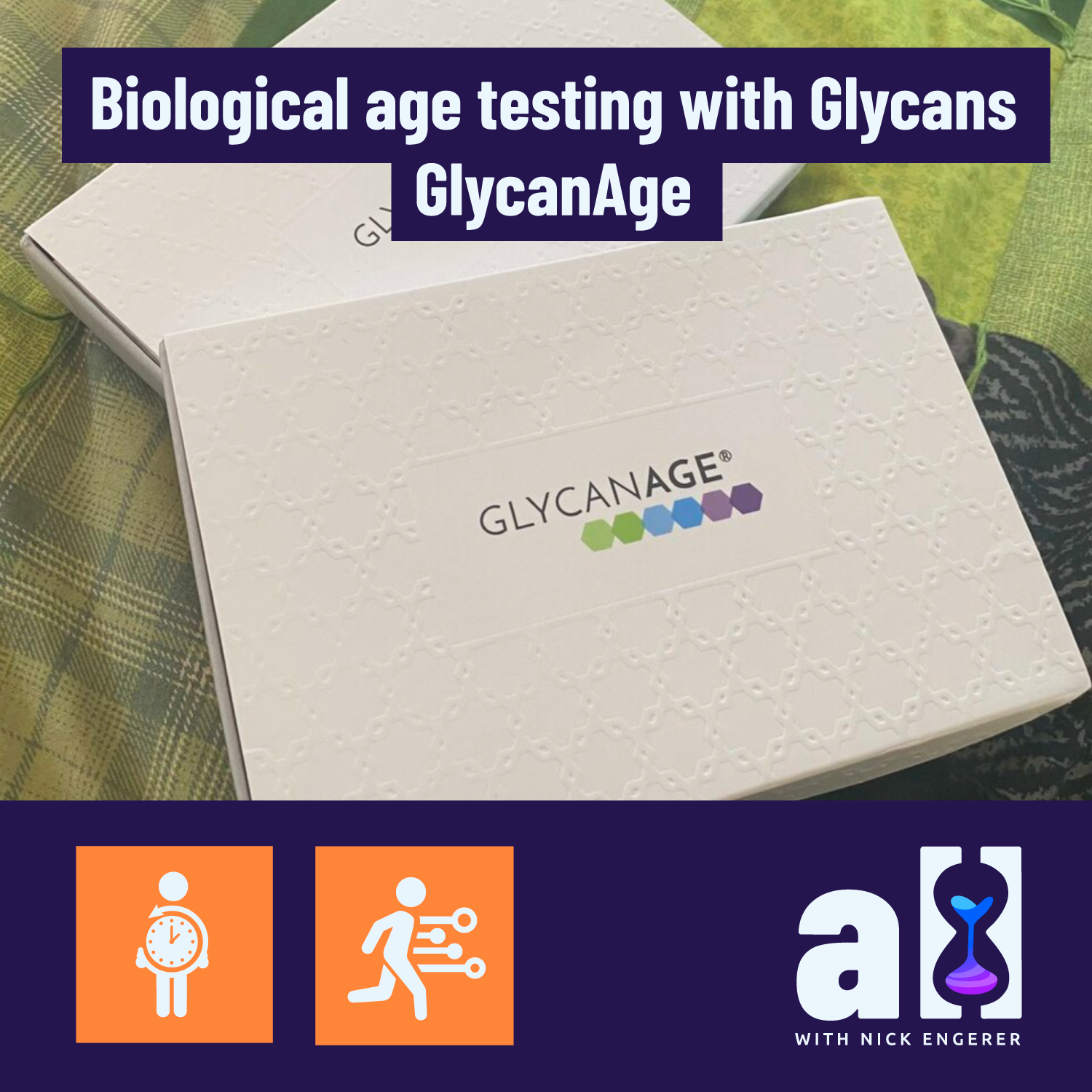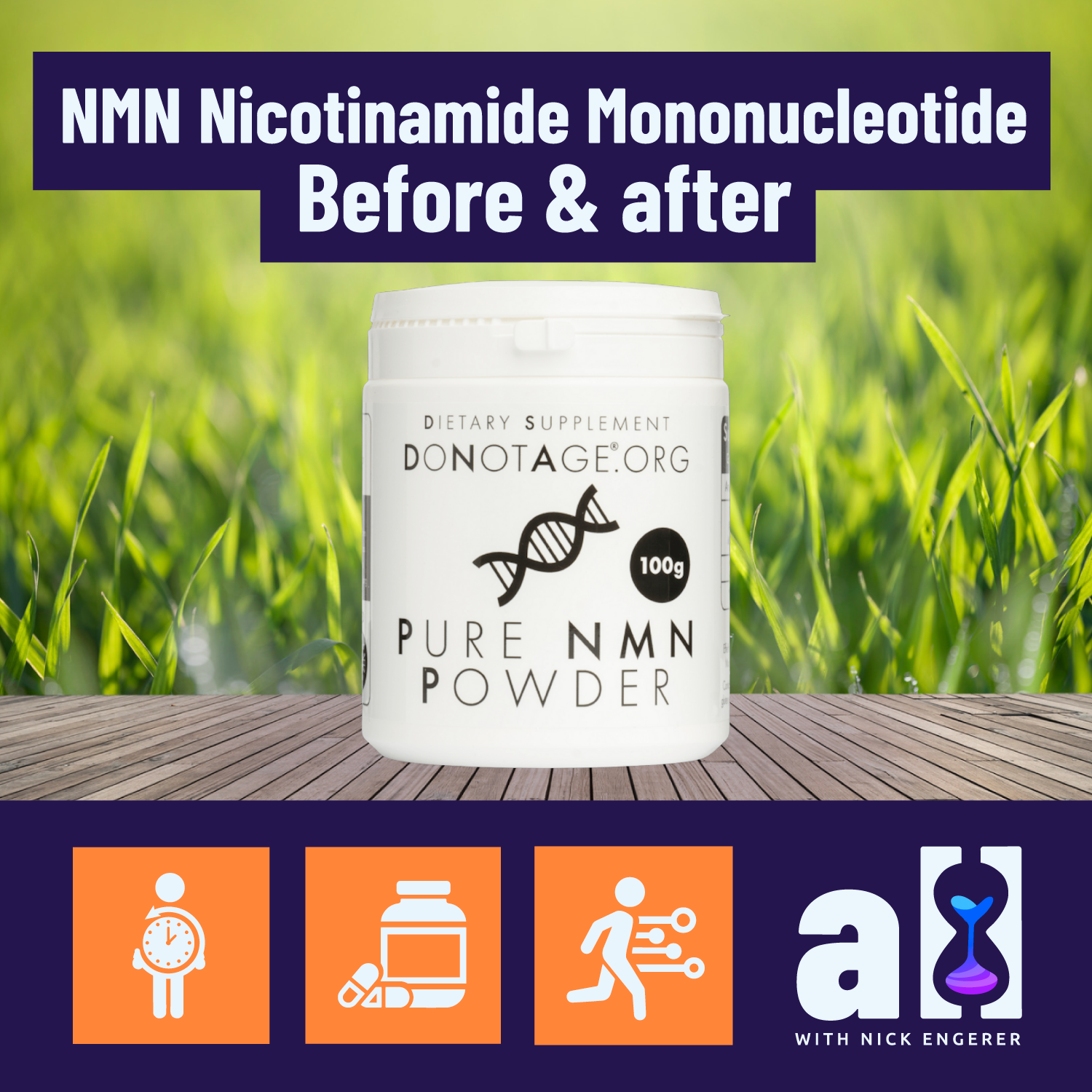Regrowing knee cartilage and restoring joint health naturally. An interview with Kineon CEO Forrest Smith - Part 1
Can you regrow cartilage?
New things are possible for your joint health, as the next generation of ‘at home’ light therapy devices hits the market.
Could the Move+ from Kineon heal your knee/joint pain? Yes, it certainly could. Read on for more…
Can you regrow cartilage in the knee without surgery? Can you regrow cartilage at all?
This is a very popular question on Google, but unfortunately, if you’re searching for this answer - you don’t get many promising solutions.
Some will tell you - No, you cannot regrow cartilage, full stop. Others list some promising prescription drugs that might work, some day maybe.
Well, that doesn’t lead to much hope for sufferers of osteoarthritis, or those who are asking - Can you regrow cartilage in the knee without surgery?
People looking for answers to questions like these might feel like they are chasing a medical miracle. They might even experience feelings of hopelessness or despair.
Well, guess what, it’s 2022 and longevity technology development is moving faster than ever. Rejuvenating technologies that make living a younger, healthier life for longer are rapidly emerging.
So you’ll have to excuse Google for being a bit behind the times - but there’s a new kid on the block, and it just may mean that it is now possible to regrow cartilage in the knee naturally.
And it doesn’t stop there - but let’s not get too ahead of ourselves. We need to cover a few basics, up front.
At left, a healthy knee joint. At right, an arthritic joint with cartilage degradation. Note the widespread inflammation. Image source: Wikipedia
Can you reverse cartilage damage?
Let’s start off with some important details about cartilage, beginning with several common myths about cartilage.
Osteoarthritis myths
Arthritis is simple “wear & tear”
Arthritis doesn’t heal.
Cartilage doesn’t regrow
Exercise makes it worse
None of the above are true, yet most people believe them.
This does not take away from the pain that many millions of people around the world experience due to joint degradation. That is 100% real.
In fact, joint health is a major longevity issue, and looking after your joints is an essential part of your longevity strategy.
Patients with severe pain due to osteoarthritis stop walking and moving regularly. They often suffer from accompanying illnesses such as depression and cardiovascular disease.
And when it comes to longevity, being able to move your body is absolutely essential to your quality of life. Walking speed, calf strength, aerobic fitness - the list of ‘longevity metrics’ related to joint health goes on - you need to be looking after you body’s ability to move to stay healthy and live long.
Cartilage regeneration is about balance
To better understand cartilage regrowth, we need to stop thinking about cartilage as a finite resource that you use up, and instead see it as part of a balancing act.
In our interview today, we’re introducing you to a new partner company Kineon and their CEO and Co-Founder Forrest Smith, who had this to say:
As you age cartilage may grow more slowly, but it never really stops. What happens instead is an imbalance, typically in joints, of growth of new cartilage versus cartilage degradation. Especially if you have long term chronic inflammation, or osteoarthritis. It’s this osteoarthritis that causes the degradation of the cartilage.
By reducing inflammation, you're reducing the degradation rate of the cartilage. And that means your body can build that cartilage back faster. So it is actually on both sides of the equation, it is a balancing act.
So if you are suffering from a lack of cartilage in the knee or another joint (like the hip or shoulder), you need to reconsider your own cartilage balancing act.
And here is where it gets exciting - and where new technology is now available to help you with both sides of the equation.
Kineon’s Move+ is a brand new product which leverages decades of research on light therapy, recent advancements in the cost and quality of lasers and a new, very driven team of experts who have created a device designed to help you reduce inflammation and boost cartilage regrowth.
If you’re keeping track, that means you’re seeing improvements on, as Forrest said above, “both sides of the equation”.
Kineon MOVE+, does it work?
To date, early testers of this device have been completely ‘wowed’ by the effects they’ve seen (scroll down on the Kineon homepage to see testimonial videos) on their levels of pain and restoration of function in joints which have plagued them for years and even decades.
Kineon’s Move+ - a light therapy device which relieves joint pain safely and quickly by stimulating factors which support healthy joint cartilage.
They are a very promising sign that it may be time to re-think the answer to the question - Can you regrow cartilage in the knee? It’s simply not a hard “No” anymore.
And for those who have long suffered from joint pain, there may at last be hope again.
But, as is our usual preamble - at A Longer Life, our job is to put such claims to the test! We’re here to help you get your hands on a device at a discount and guide you through testing before & after to quantify the results yourself.
We also ask the tough questions of the founders and lead scientists at longevity tech companies, to help you cut through the marketing and onto the results.
So, our fellow joint health enthusiasts, let’s hear more from Forrest, CEO at Kineon…
When you buy through our links, we may earn a commission. Thank you for supporting our business
This interview was conducted in June 2022 over Zoom and is an audio transcript with minor edits for clarity, brevity and correctness.
A Longer Life (ALL):
Forrest, welcome to A Longer Life! It's one of the most common health questions on Google, full stop.
So I'd like to start by asking - can you regrow cartilage? The answer to this question is a very important one for our longevity. In particular, people are interested in regrowing cartilage in the knee without surgery.
What's your answer to this question?
Forrest Smith (FS):
Thanks for having me! As you age cartilage may grow more slowly, but it never really stops. What happens instead is an imbalance, typically in joints, of growth of new cartilage versus cartilage degradation. Especially if you have long term chronic inflammation, or osteoarthritis. It’s this osteoarthritis that causes the degradation of the cartilage.
By reducing inflammation, you're reducing the degradation rate of the cartilage. And that means your body can build that cartilage back faster. So it is actually on both sides of the equation, it is a balancing act.
There are two primary ways to improve cartilage growth, which are well established in the medical literature. The first is increasing the rate of collagen type 2, which is a building block for the extracellular matrix that is the framework or the infrastructure for the cartilage to regrow.
The second is by boosting mesenchymal stem cells activity, which differentiate into building blocks for cartilage.
Interestingly, when you apply light therapy, these stem cells are encouraged to create the infrastructure for building cartilage.
 |
Yes, you can regrow cartilage
ALL: Thank you for the detailed answer there. What we are hearing is a “yes” to this question - can you regrow cartilage. But the answer, as with many things in biology, is not that simple. The key concept here is that of balance.
By minimising the degrading your cartilage in your joints, and boosting the things that rebuild the cartilage in those joint, we can have positive cartilage growth.
Your company Kineon is has built some very interesting technology for improving this balance in the favour of cartilage growth. But to understand it, we’re goint to need to introduce a few new terms to the audience.
One of them is photobiomodulation, which we'll jump into in some detail coming up. The other one you just mentioned is mesenchymal stem cells. A lot of our readership knows about stem cells, stem cell therapy is popular in longevity.
Let's talk in a little bit more detail about mesenchymal stem cells. Tell us about them and how they are involved in cartilage growth and repair.
Light therapy for joint repair
FS: Mesenchymal stem cells can turn into almost any other other type of cell. They're a very useful building block for your body. You generate them primarily from your bone marrow, deep within the bone.
What we are seeing in the medical literature is that by using light therapy, mesenchymal stem cells are more likely to differentiate into cell types which support cartilage and bone growth.
“when you apply light therapy, these stem cells are encouraged to create the infrastructure for building cartilage”
ALL: Great, thank you. And so what we're hearing to summarise, is that in terms of answering the question, Can we regrow cartilage in the joints? Or can we regrow cartilage in the knee? - we need to think about the balance.
So we should focus on reducing the amount of factors that are tearing down cartilage and increasing the number of factors that are building it back up.
Mesenchymal stem cells, which are produced in the bone marrow that differentiate into bone and into the cartilage are important to support and boost cartilage regrowth and repair.
The Kineon Move+ in action, tipping the balance back in favour of cartilage regrowth & join healing.
Let’s now come back to the research that you're mentioning and our next new terms - light therapy or photobiomodulation. Tell us a little bit about what this term means?
FS: Photobiomodulation is a bit of a blanket term. Originally, when light therapy was being researched, there were a couple of terms that were used by the scientific community.
The medical and scientific research community can get a little bit divisive about terms. It sounds extraordinarily technical, relatively what it actually is, but it's basically putting the lasers, LEDs and everything using light to interact with biology under one roof.
Photobiomodulation - How does it work?
ALL: Okay, so it's an all encompassing term photobiomodulation. What we find most interesting about the term is the ‘bio’ part. The medical literature you are referring to has shown in various ways that the application of light to the body is impacting how it works at a cellular level.
Can you comment on this? In particular, the interaction between stem cells and joint cartilage?
Image credit: quitemindfm
FS: This is a really good segue into some of the fundamental mechanisms behind how light therapy works.
The research up until recently had indicated that the primary mechanism of function for the photobiomodulation was the light impacting molecules in the phospholipid bilayer of your mitochondria.
Effectively light therapy promotes a more effective and more efficient use of energy in your mitochondria. This is one of the primary drivers of the outcomes
But it's not the only one, and more recently there’s been a few more mechanisms of action discovered…
ALL: We are excited to hear about these Forrest, but before we do, it is important to emphasise that it is very well established that light interacts with our biology.
One of the primary mechanisms for doing so is by stimulating mitochondrial energy production, as you’ve just mentioned.
The Move+ from Kineon uses both lasers and LEDs to direct light therapy into the joint safely and effectively.
This is why there have been many ‘red-light therapy’ products entering the longevity and wellness marketplace over the past decade. Most of our audience will be familiar with these.
LED light type therapies that their favourite biohacker on instagram might stand in front of, or perhaps shining red light on your face to boost collagen production, or maybe even using red light therapy on your shoulder or back to relieve aches or pains.
Kineon’s Move+ - A next generation light therapy device
What we want to emphasise is that the light therapy product Kineon has brought to market - the Move+ - stands out from these types of light therapy for several key reasons.
Not only is it a therapeutic device modelled after units used in the clinical setting, but it is also using both lasers and LEDs at the same time, to stimulate these ‘multiple mechanisms’ of action, not just mitochondria.
Let’s look deeper into the differentiators here. Firstly, talk to us about how you're using two types of light therapy in the device.
Our Founder Nick is self-experimenting with the Move+ over the next two months, to see if it can help him recovery from a triathlon over-training injury. Be sure to subscribe to hear about the results!
FS: One of the problems in the literature, which is only recently improving (over the last 3-5 years), is that medical researchers didn't really understand the technical side of the equation (e.g. light coherence, wavelength, intensity) and at the same time, the technical side didn't understand the medical physiology.
What you ended up with was a number of papers that were reporting the data that was easiest for them to report and so you had inconsistent metrics measuring the optical parameters of the light.
We've spent a lot of time dialling into what the technical and physiological terminology and metrics mean. Essentially the Rosetta Stone for all of these earlier meta medical trials. This has allowed us to interpret the many different medical research trials and know the ‘dosage’ of light for a given application.
What is dual therapy? Laser and LEDs
ALL: Bringing it back to the Move+ product, you’ve incorporated a dual therapy including both LEDs and lasers in the same device. You’ve implemented this unique design after comprehensively reviewing and translating results from across widespread research literature, which support this ‘dual therapy’ approach.
FS: That's exactly right. The most important part of the problem is getting the dosage of light correct. For this, you have to know the amount of photons that you're putting out and how they're being put out.
LEDs emit light in essentially a spray, just an open spray in all directions, it's called a lambertian emission pattern. They're typically packaged, or bonded, into a cup, which contains them to a 120 degree emission pattern. But what we've done is we've actually pulled those LEDs even tighter with our own proprietary optics down to 30 degrees. This ensures the right level of penetration.
We're using LEDs for our deep red at 650 nanometers and our lasers are a near infrared wavelength at 808nm, which is the most proven and the optimal balance the photobiomodulation impacts we are targeting
“we know exactly how deep we’re dosing and how much light is going into the tissue, targeting microvascular level effects”
LB: This is a great opportunity to mention a few more of these mechanisms of action, specific to these wavelengths and the LED therapy.
Light therapy boost circulation
FS: There's also impacts for haemoglobin. When this red and infrared light hits haemoglobin, it strips out nitric oxide. Nitric oxide has some really powerful impacts on your physiology. It dilates blood vessels, providing more blood to tissue in areas where it's become stagnant. Here it is important to target a certain depth into the tissue.
With the Move+ we know exactly how deep we're dosing and how much light is going into the tissue, targeting these kind of microvascular level effects. The LEDs spread of light opens up the microvasculature. Then the penetration from the lasers and the infrared deep into the internal tissues provide a really powerful combination.
ALL: That's the dual therapy combination right there. We really want to talk more about the lasers but before we do, first let’s cover one more topic on the LEDs and red light. Explain to us a bit more about how this specific LED wavelength is opening up microvasculature and improving blood flow and therefore tissue repair.
FS: Having the right wavelengths of red and infrared light at the right depth where your microvascular sits around your joints brings fresh blood because stripping out nitric oxide dilates those blood vessels. This means blood flow increases in the area.
ALL: Can you give us an example of this effect? Some evidence as to why this is important for healing?
Injury can drive cartilage loss
FS: One of the things that you see with chronic tissue damage in joints happens typically after some kind of traumatic joint tissue damage, like an ACL tear, or meniscal tear, or even sprains. The inflammation from this injury doesn't just stay contained to the joint, it actually also damages the microvasculature around the joint as well.
Are you an athlete? Looking for other ways to recover more effectively. You might really like what we have discovered about a new longevity supplement - Urolithin A. Read about it here!
There was a study of 3000 NFL players where 50% had an ACL tear and 50% did not (control). In the group with the ACL tear, the tissue temperature in their damaged leg quadricep was two degrees lower than the tissue damage in the healthy quad. Surprisingly they also had a 50% increased risk of severe cardiovascular disease afterwards!
What this data is showing us is that, not only is the tissue damaged in the joint, there is also long term inflammation generated throughout your body and even into your cardiovascular system. This means damage from an endothelial standpoint, stiffer veins and arteries and long term negative impacts in overall health.
So, when you're treating joints with light therapy, you're not just treating the joints, you’re also improving the upstream and downstream microvascular. So that you can actually stop having that trickle of inflammation that adds up over time.
ALL: In our background research on cartilage degradation, we found that previous injury was one of the major causes of cartilage degradation. The development of lesions (areas of acute damage) in the cartilage or even damage to a ligament often sets up the degradation of cartilage years later. Severe loss of cartilage can limit mobility, and this is where we really get into the longevity part of the picture
What we're hearing about the right type of red light LED treatment is that this opening up of the microvasculature is getting fresh blood flow into these areas and reducing inflammation. But we’ve not yet heard about cartilage or internal joint repair, is that where the lasers come in?
Laser light therapy penetrates deep into the joint
FS: The laser allows treatment of the synovial fluid and the tissue inside the joint directly, which is not something that you're really going to be able to do with the LEDs. If you have an LED only device, it's definitely better than nothing. But it's not penetrating the internal tissues.
Lasers emit as a column of light and work really well for dosing internal tissues. Our light propagation models have shown us that with the Move+ laser, the internal tissue is receiving the correct levels of dosage. It would take an unthinkable amount of LEDs to reach that level of penetration.
ALL: The laser allows for deeper penetration into the joint as a whole, but it is both of these light emitting technologies (LEDs and lasers) together that help rebuild healthy cartilage.
But there's a key aspect of this that you've just touched on - biphasic dose response. That term sounds a little bit complicated and might be intimidating to the reader, but essentially what it means is that there's too much of a good thing and there's too little of a good thing.
There's something in the middle that we want to hit with the Move+ treatment protocol. Can you first tell us what a biphasic dose response is, and then, secondly, how you've used that information to get the right amount of light into the joint for healing/repair?
FS: I think you've done a great job of explaining it. There is essentially a curve where the amount of dosage delivered is on one axis the results are on the other axis.
As the amount of dose increases, it's going up a hill until there's an optimal point at the top. Then it goes back down that hill. We've spent a lot of time on our light propagation models so that we can justify the correct dosage from the Move+ device.
Early testers of the Move+ are making impressive claims
ALL: What your team is doing differently is that you’re thinking specifically about joints and merging multiple types of light therapy technology with very specific calibration to have very specific healing effects in that joint. With the right dosage, you’re increasing blood flow, improving synovial fluid health and increasing the activity of the mesenchymal stem cells.
Ed says knee pain was greatly limiting his life, but the Move+ gave him his life back. “It just transformed my knees”
You've had some pretty interesting success with early testers of this device and have some very convincing testimonial videos. Do we have enough information to know you've gotten these dosage models right?
FS: We have enough information to know that we've done better than any of the other light therapy offerings out there. But I think we still have work to do.
One of the things we've seen from our early testing with beta users, that I think will speak to your audience from a longevity standpoint very well, is that when we're treating large tissue masses (e.g. the leg), we're not just seeing the nitric oxide rise in that area, we're seeing it all over the body.
This means your serum levels of nitric oxide are getting much higher and the benefits of that stay in your system for you 24 to 72 hours. This has a really positive effect on your endothelial tissue and keeping that healthy is one of the best things you can do from a cardiovascular standpoint. That's also particularly true with your brain.
We're seeing very high levels of nitric oxide crossing over to the brain, which improves vascular health in your brain.
Would the Move+ work for you? There’s only one way to find out…
ALL: These are some very interesting systemic results! We’ll be following up on them.
Coming back to the beta testers - using the Move+ on yourself and testing how it might work for you is what this audience loves to do. It's one of the things that we focus on.
Often I'm the guinea pig, but increasingly others are doing the same and sharing the results with us. The Move+ seems to offer great opportunities for self experimentation. Let’s consider a reader who has, say, a shoulder or a knee issue and is interested to try the Move+. …
INTERVIEW Part 2 AVAILABLE HERE!
When you buy through our links, we may earn a commission. Thank you for supporting our business
 |
FDA & TGA DISCLAIMER
This information is intended for educational purposes only and is not meant to substitute for medical care or to prescribe treatment for any specific health condition. These blog posts are not intended to diagnose, treat, cure or prevent any disease, and only may become actionable through consultation with a medical professional.




